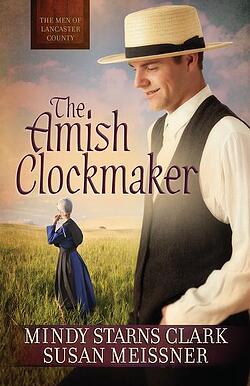
Novelists usually fall into two categories: “pantsers” and “plotters.” Pantsers, so known because they write by the seat of their pants, construct stories as they go. Plotters are the opposite, carefully laying out their intentions—whether in casual summary form or structured outline—before launching into the actual writing of the manuscript.
I used to be a pantser—until about ten years ago, that is, when the unthinkable happened.
It went like this: I had dashed off a few quick notes prior to starting what was to become my third or fourth novel, a complicated murder mystery I was eager to write. But I was in a hurry and those notes weren’t very thorough.
Several months later, I’d written all the way up to the climax and was ready to reveal the murderer—when I realized I couldn’t remember who it was, nor why he or she had done it, nor how.
Ack! Talk about scrambling!
Somehow I managed to come up with a plausible killer, motive, and method to finish out my tale, but it wasn’t easy. Not only did I waste precious hours going back through the manuscript and tweaking parts I’d already written to fit my new ending, but my original intentions—whatever they were—had been lost to the ether forever.
Lesson learned. After that, I became a plotter, one who never, ever skimped on notes again. To my delight, outlining was a natural fit for me, especially as I refined the process over the course of subsequent books. Eventually, I came up with a unique but important element of the outlining process, which I call the “What Really Happened” file (or WRH for short).
Whether working alone or with a coauthor—and whether creating a full-blown murder mystery, like Echoes of Titanic, or simply a work of Amish fiction with mysterious elements, like The Amish Clockmaker—the WRH file is always the first and most important step for me. That’s where I simply type out, beginning to end, the behind-the-scenes sequence of events that will lead to whatever disastrous consequence—murder or otherwise—is going to drive the story. It includes not just character development, but also…
- growing motivations
- secret plans and nefarious crimes as they’re constructed and carried out
- after-the-fact cover-ups
In other words, everything the main character doesn’t know at the beginning of the story but needs to discover by the end.
Some authors, especially pantsers, might see this sort of story-behind-the-story “double outlining” as overkill. But for me, the reference point of a WRH file is the key to every novel I write. Not only does it provide a wonderful method for developing complex characters and compelling plots, but if at any point I forget whodunit—or why, or how—all I need to do is peek back at What Really Happened and read it for myself.
Mindy Starns Clark is the bestselling author of more than 20 books, both fiction and nonfiction (more than 800,000 sold), including coauthoring the Christy Award-winning The Amish Midwife. Mindy and her husband, John, have two adult children and live in Pennsylvania. Visit her online at www.mindystarnsclark.com.
What do you look for in a good novel? Check out this fiction evaluation checklist for both writers and readers from acquisitions editor Kim Moore!



